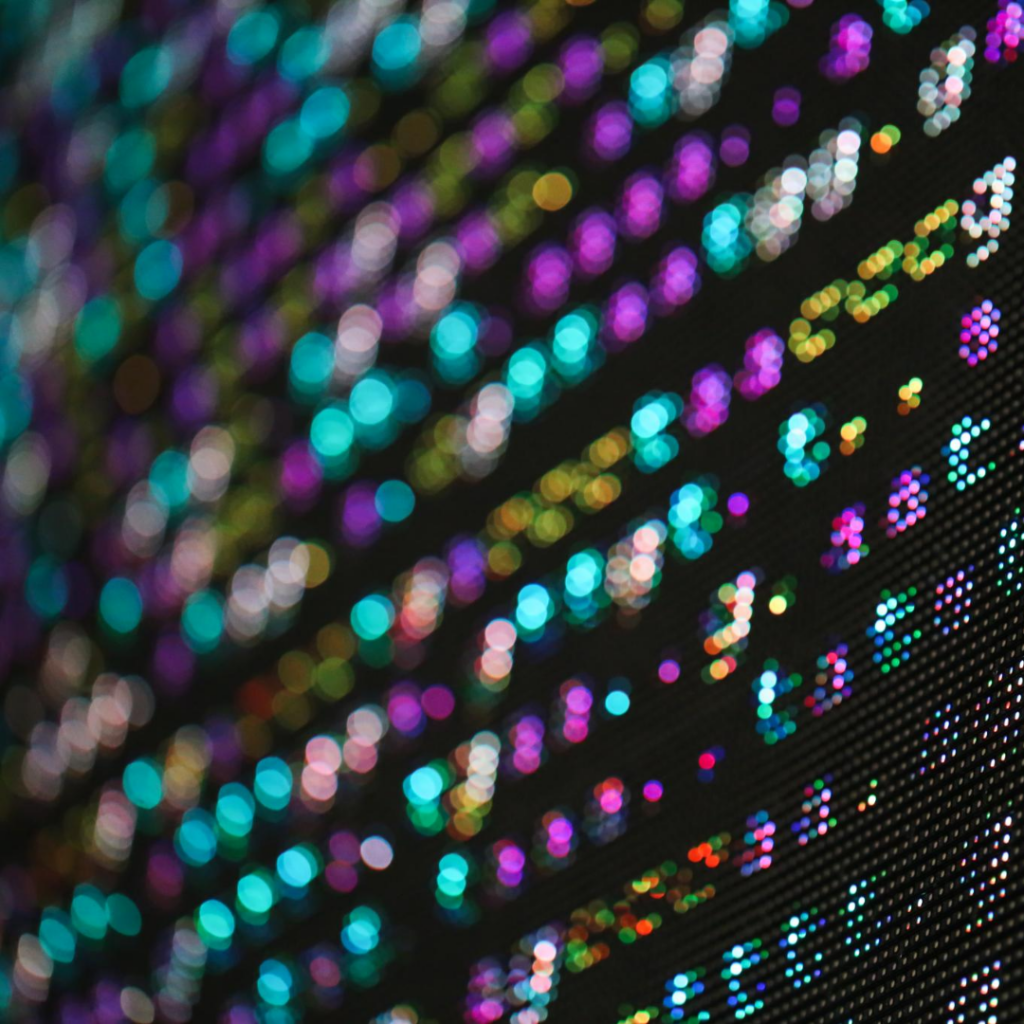We look forward to seeing you at one of the scientific presentations using PhotoSound Technologies, Inc. products during SPIE Photonics West 2024. See the list of presentations below.
12842-15
The new development of ionizing radiation acoustic imaging (iRAI) for mapping the dose deep in the patient body during radiation therapy
Author(s): Wei Zhang, Dale Litzenberg, Yaocai Huang, Scott Hadley, Kai-Wei Chang, Univ. of Michigan Medical School (United States); Ibrahim Oraiqat, Eduardo Moros, Moffitt Cancer Ctr. (United States); Man Zhang, Paul Carson, Kyle Cuneo, Univ. of Michigan Medical School (United States); Issam EI Naqa, Moffitt Cancer Ctr. (United States); Xueding Wang, Univ. of Michigan Medical School (United States)
28 January 2024 • 1:45 PM – 2:00 PM PST | Moscone Center, Room 54 (Lower Mezzanine South)
12842-16
Whole-body ultrasound and thermoacoustic tomography for human imaging, needle localization, and ablation monitoring
Author(s): David C. Garrett, Jinhua Xu, Geng Ku, Lihong V. Wang, Caltech (United States)
28 January 2024 • 2:00 PM – 2:15 PM PST | Moscone Center, Room 54 (Lower Mezzanine South)
12842-17
Rotational photoacoustic and ultrasound tomography of the human body
Author(s): Yang Zhang, Shuai Na, Jonathan J. Russin, Li Lin, Yilin Luo, Yujin An, Peng Hu, Karteekeya Sastry, Konstantin Maslov, Charles Y. Liu, Lihong V. Wang Caltech (United States)
28 January 2024 • 2:15 PM – 2:30 PM PST | Moscone Center, Room 54 (Lower Mezzanine South)
12842-93
Rational design of ICG-based contrast agents for near-infrared photoacoustic imaging
Author(s): Marzieh Hanafi, Nicholas Such, Giovanni Giammanco, Shrishti Singh, George Mason Univ. (United States); Dana Wegierak, Eric Abenojar, Pinunta Nittayacharn, Tessa Kosmides, Agata A. Exner, Case Western Reserve Univ. (United States); Remi Veneziano, Parag V. Chitnis, George Mason Univ. (United States)
28 January 2024 • 5:30 PM – 7:00 PM PST | Moscone Center, Room 2003 (Level 2 West)
12842-50
Combined ionizing radiation acoustic and ultrasound dual-modality volumetric imaging for mapping the dose on anatomical structure during radiation therapy
Author(s): Wei Zhang, Univ. of Michigan Medical School (United States); Ibrahim Oraiqat, Moffitt Cancer Ctr. (United States); Yaocai Huang, Kaiwei Chang, Univ. of Michigan Medical School (United States); Muhammad B. Alli, Moffitt Cancer Ctr. (United States); Dale Litzenberg, Scott Hadley, Univ. of Michigan Medical School (United States); Christopher Tichacek, Eduardo Moros, Moffitt Cancer Ctr. (United States); Man Zhang, Paul Carson, Kyle Cuneo, Univ. of Michigan Medical School (United States); Issam EI Naqa, Moffitt Cancer Ctr. (United States); Xueding Wang, Univ. of Michigan Medical School (United States)
29 January 2024 • 4:30 PM – 4:45 PM PST | Moscone Center, Room 54 (Lower Mezzanine South)
12842-51
High-throughput photoacoustic tomography by integrated robotics and automation
Author(s): Nathanael Marshall, Hans-Peter Brecht, Weylan Thompson, Dylan Lawrence, Vanessa Marshall, PhotoSound Technologies, Inc. (United States); Mark A. Anastasio, Univ. of Illinois (United States); Umberto Villa, The Univ. of Texas at Austin (United States); Sergey Ermilov, PhotoSound Technologies, Inc. (United States)
29 January 2024 • 4:45 PM – 5:00 PM PST | Moscone Center, Room 54 (Lower Mezzanine South)
12842-125
A fast fully automated dual-SOS reconstruction algorithm for full-ring array PACT
Author(s): Shunyao Zhang, Lei S. Li, Rice Univ. (United States)
29 January 2024 • 5:30 PM – 7:00 PM PST | Moscone Center, Room 2003 (Level 2 West)
12842-131
Optoacoustic imaging of coronary arteries for bypass surgery using a handheld lens-free probe
Author(s): Zohar Or, Technion-Israel Institute of Technology (Israel); Itay Or, Mahli Raad, Gil Bolotin, Rambam Medical Ctr. (Israel); Amir Rosenthal, Technion-Israel Institute of Technology (Israel)
30 January 2024 • 6:00 PM – 8:00 PM PST | Moscone Center, Room 2003 (Level 2 West)
#SPIEPhotonicsWest #BiOSExpo #2024 #photosoundtechnologies #photosound #photoacoustic #fluorescence #imaging #biomedicalscience #biomedicalresearch #science #tomography #productdemonstration #livedemonstration

